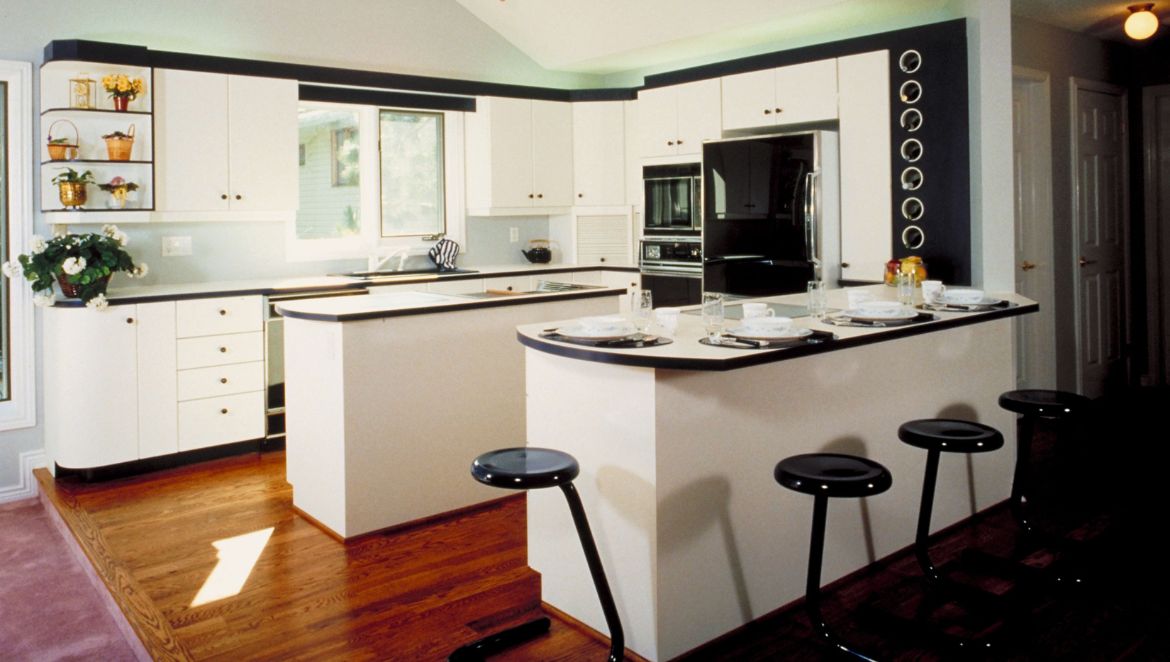
Kitchens have come a long way in every facet of its composition. With a growing trend in modern modular kitchens, first-time customers are often faced with many options to choose from. One such question that might arise in the world of modular kitchens is ‘What’s the difference between a German and an Italian kitchen’? In a nutshell, Italian kitchens are known for being innovative and sleek and portrayed as a convivial space for the loved ones. German kitchens have similar strengths, but the focus is on innovation.
Of course, the differences between the two varied styles are deeper than that and which is exactly what we will be covering here today.
Style
Italian kitchens come in 2 different forms: Classic & Contemporary. The modern Italian kitchen designs are similar to the German counterparts, but the classical design conjures up the vintage Italian charm with the modern modular kitchen innovations. This classic charm is brought about by cabinetry with grooves and classic handles or knobs. On the other hand, German kitchens don’t focus much on “emotional” connect but more on innovation and practicality. They mostly utilise flat cabinetry and almost never use handles or knobs.
Range of Designs
Italian kitchens favour a wider aesthetical tone over German counterparts. They can come in sleek and modern, sleek and chic or even sleek and nostalgic. They offer a range which will appeal to the tastes and sensibilities of a larger customer base. German kitchens tend to stick to modern and sleek aesthetics in favour of innovation and functionality.
History
The Germans have been in the business of crafting kitchens as early as 1892 with the oldest kitchen brand, ‘Poggenpohl’ based out of Herford, Germany. Other well-known kitchen manufacturers like Eggersmann, Alno, Leicht Kitchens and SieMatic have been in the business since the early 1900s. This legacy of nearly a century and a half can be noticed and admired in German innovations incorporated in their premium modular kitchens.
Italians had a late start but with brands like Snaidero & Veneta Cucine, they too have revolutionised the kitchen industry since their inception in the 20th century.
Traditions
Germany, the land of engineers brings about their engineering not just into their cars but also their kitchens. German modular kitchens also constitute a lot of complicated mechanics which are benefited and enhanced by German engineering. German manufacturers are very particular about making sure that every door, cabinet and drawer are fitted correctly, and the superior control system and handle-less kitchen designs make them truly innovative.
Italian kitchens, on the other hand, tap into the country’s rich artistic and craftsmanship history which can be traced back to the Renaissance period. This rich history can be seen in the traditional Italian designs which capture the rustic and the classical. Contemporary Italian kitchens, however, come in the same category as modern German kitchens in its innovations but with the touch of Italian craftsmanship.
A lot of similarities can be found between German and Italian kitchens. They both provide superior and innovative features. But if you have to choose between the two, ask yourself this, “Do I want a kitchen for its superior functionality, or do I want a kitchen for its conviviality?”. If you answer yes for the former, then a German kitchen might be for you, if your answer yes for the latter, then an Italian kitchen might serve you better. Ultimately, seeing the kitchens in person and experiencing it hands-on would be the best way to select one.

© Veneta Cucine 2024
Message us